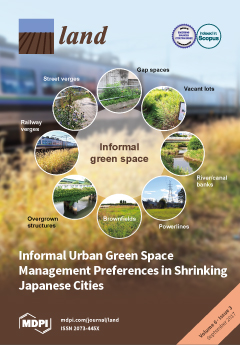Resource information
The growing numbers of land change models makes it difficult to select a model at the beginning of an analysis, and is often arbitrary and at the researcher’s discretion. How to select a model at the beginning of an analysis, when multiple are suitable, represents a critical research gap currently understudied, where trade-offs of choosing one model over another are often unknown. Repeatable methods are needed to conduct cross-model comparisons to understand the trade-offs among models when the same calibration and validation data are used. Several methods to assess accuracy have been proposed that emphasize quantity and allocation, while overlooking the accuracy with which a model simulates the spatial configuration (e.g., size and shape) of map categories across landscapes. We compared the quantity, allocation, and configuration accuracy of four inductive pattern-based spatial allocation land change models (SLEUTH, GEOMOD, Land Change Modeler (LCM), and FUTURES). We simulated urban development with each model using identical input data from ten counties surrounding the growing region of Charlotte, North Carolina. Maintaining the same input data, such as land cover, drivers of change, and projected quantity of change, reduces differences in model inputs and allows for focus on trade-offs in different types of model accuracy. Results suggest that these four land change models produce representations of urban development with substantial variance, where some models may better simulate quantity and allocation at the trade-off of configuration accuracy, and vice versa. Trade-offs in accuracy exist with respect to the amount, spatial allocation, and landscape configuration of each model. This comparison exercise illustrates the range of accuracies for these models, and demonstrates the need to consider all three types of accuracy when assessing land change model’s projections.


